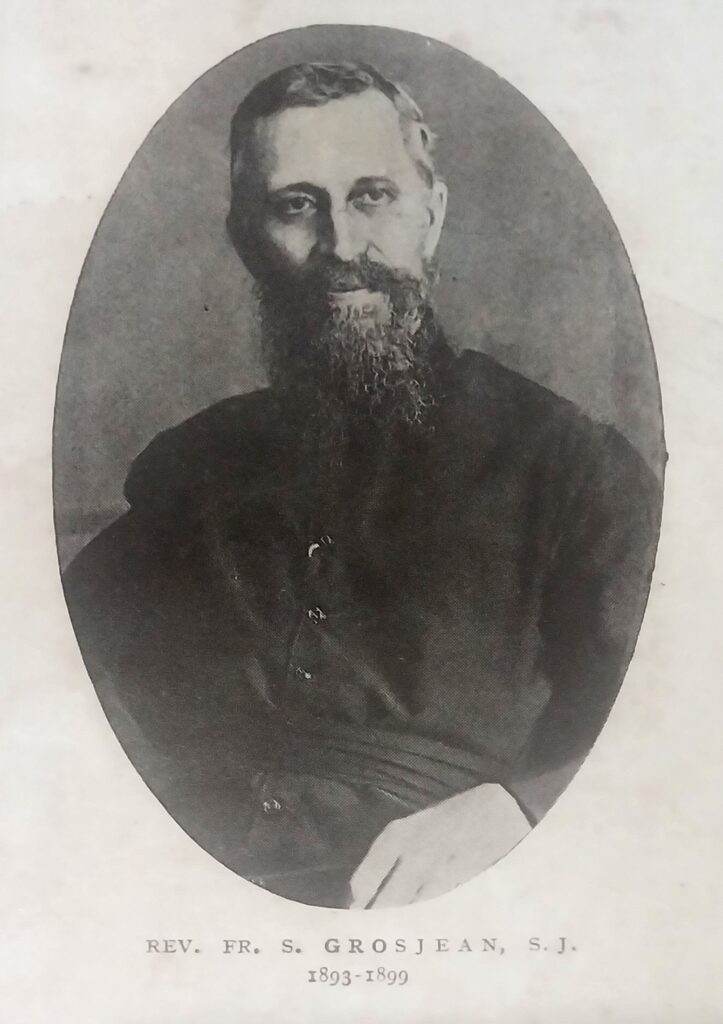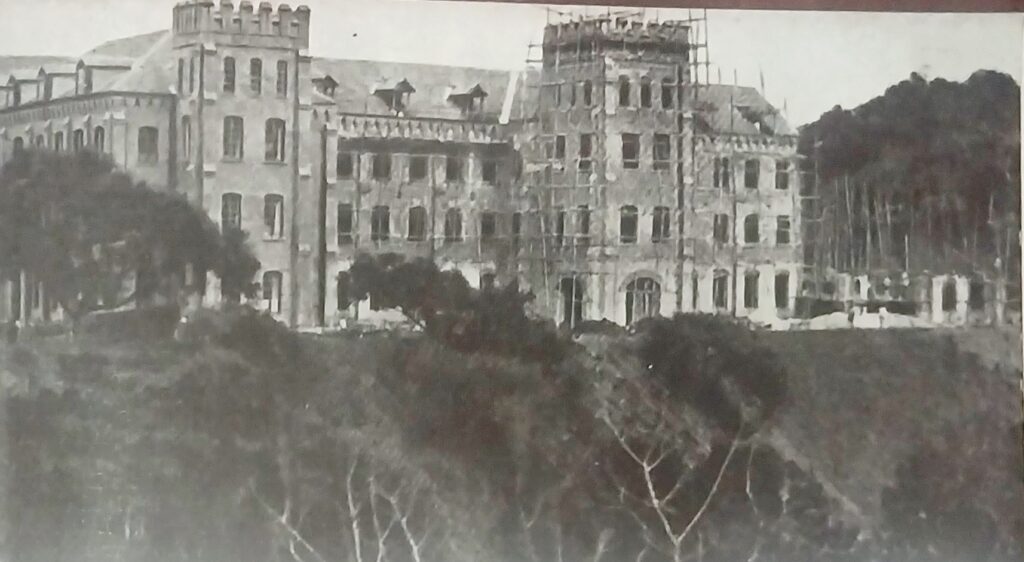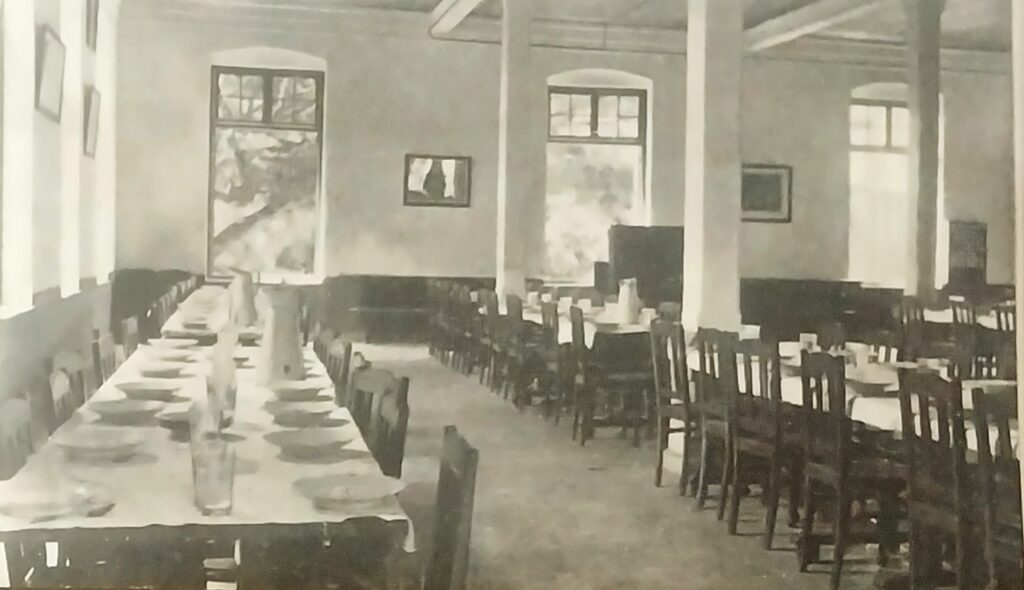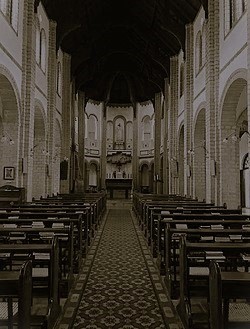A Brief History of the Jesuits in Sri Lanka
Jesuit Presence in 15th and 16th Century
The Jesuits initiated their missionary activities in Sri Lanka in 1602. However, during the Dutch occupation of the country starting around 1660s and the subsequent persecution of the Catholics by the Dutch rulers, the evangelization begun by the Portuguese missionaries including the Jesuits came to an abrupt end. And thereafter there was no Jesuit presence in the country for a considerable period. It was not until the late 19th century that the Jesuits returned to Sri Lanka with the establishment of the Papal Seminary in Kandy and the creation of the dioceses of Galle and Trincomalee.
Papal Seminary - Kandy

Fr. Sylvain Grosjean SJ

The Papal Seminary in Kandy was founded in 1893, with Fr. Sylvain Grosjean SJ as its first superior. Additionally, in 1895, Fr. Joseph Van Reeth SJ became the first bishop of the diocese of Galle, which was entrusted to the care of the Jesuits of Belgium. The diocese of Trincomalee was entrusted to the Jesuits of Champagne, and its first bishop was Mgr. Charles Lavigne SJ, who was also the Vicar Apostolic of Kottayam, India.






Rt. Rev. Dr. Joseph Van Reeth SJ

Mgr. Charles Lavigne SJ
Two Missions
In 1924 the Galle Mission was transferred to the Province of Naples (Italy) and the Trincomalee Mission to the New Orleans Province (USA) in 1945. However, the two missions continued to operate independently until 1962 when they were merged to form a single Jesuit province for Sri Lanka.



St. Aloysius College - Galle Mission


St. Michael's College - Trincomalee Mission


St. Joseph's College - Trincomalee Mission
Jesuit Province of Sri Lanka
Following the handing over of the three schools to the state in 1970, individual Jesuits engaged in different ministries. Some became lecturers in state universities or served as university chaplains, while others served as parish priests under diocesan bishops. The Jesuits also initiated several apostolic endeavors, such as supporting marginalized communities in tea plantations (Satyodaya Centre for Social Research and Encounter in Kandy, Centre for Social Concern in Hatton) and urban areas (Shanti Community Animation Movement in Dehiwala), promoting interreligious dialogue (Tulana Centre for Research and Dialogue), providing vocational training for underprivileged youth (Eastern Technical Institute in Batticaloa, Southern Technical Institute in Galle, Cholankanda Youth Training Centre in Nawalapitiya), and engaging in retreat apostolate (Fatima Retreat House in Kandy and Manresa Retreat House in Batticaloa).
In recent years, the province has ventured into formal education by founding two schools: Mount Calvary High School in Galle and Arrupe College in Batticaloa. To serve marginalized communities, the province, with the assistance of JWL (Jesuit Worldwide Learning), initiated educational programs for economically disadvantaged youth in the North, Central province, and the Southern region of Sri Lanka.
In recent years, the province has ventured into formal education by founding two schools: Mount Calvary High School in Galle and Arrupe College in Batticaloa. To serve marginalized communities, the province, with the assistance of JWL (Jesuit Worldwide Learning), initiated educational programs for economically disadvantaged youth in the North, Central province, and the Southern region of Sri Lanka.
Ad Majorem Dei Gloriam

The Society of Jesus was founded in 1540
by Saint Ignatius Loyola and his companions.
The mission of the Jesuits is a mission of justice and reconciliation, working so that
women and men can be reconciled with God, with themselves, with each other
and with God’s creation.
